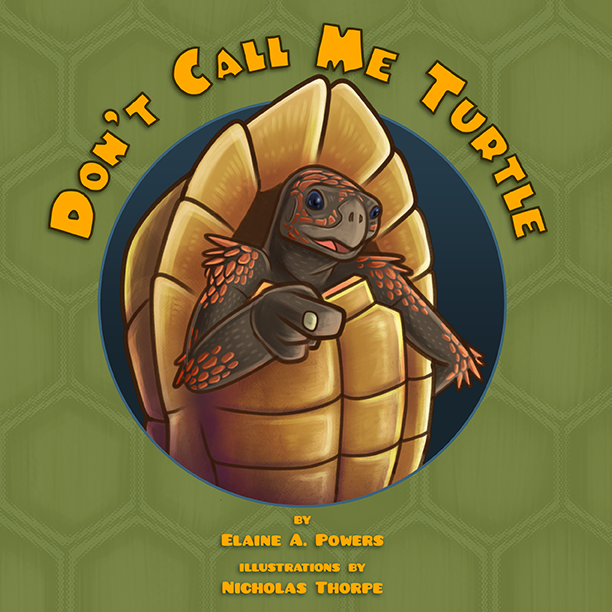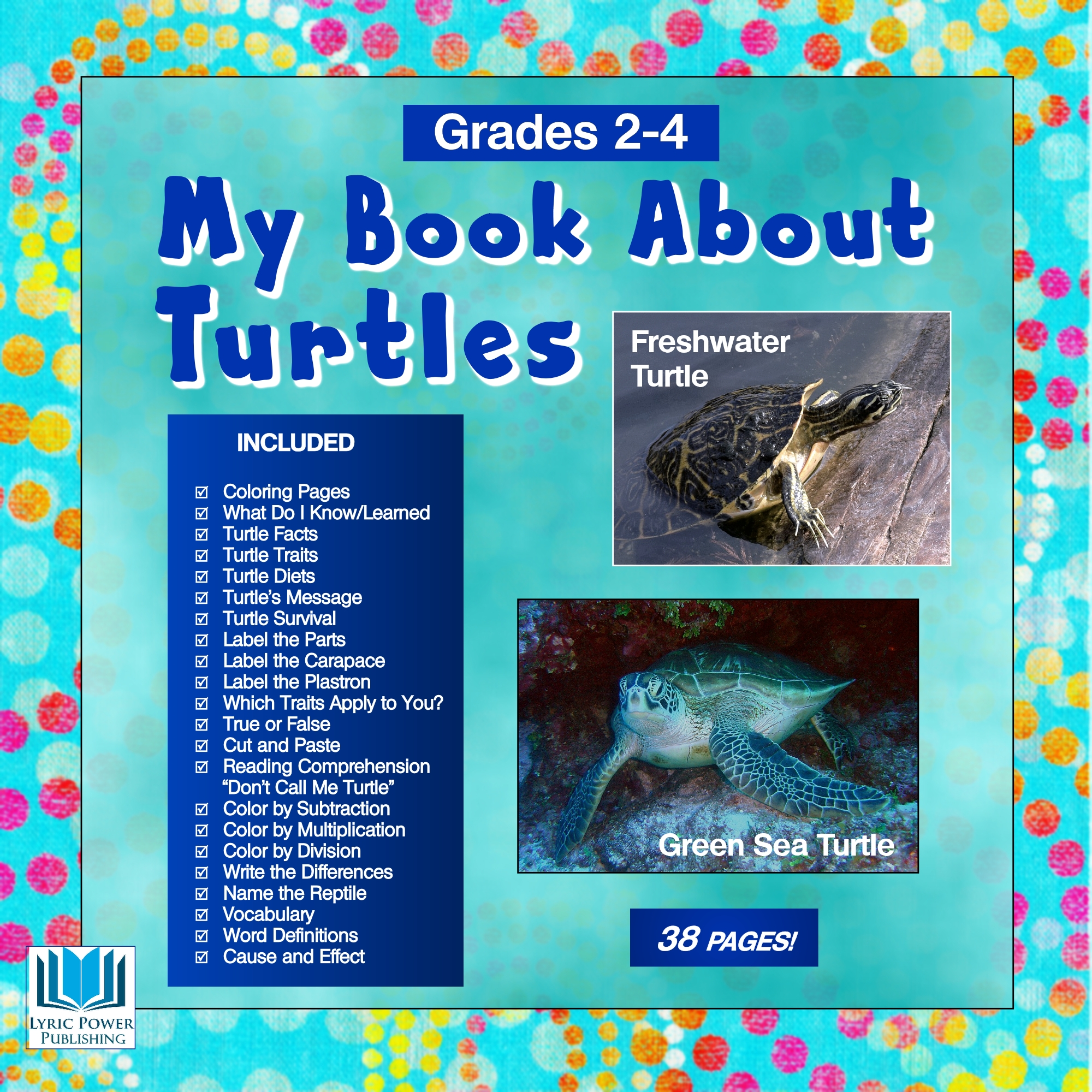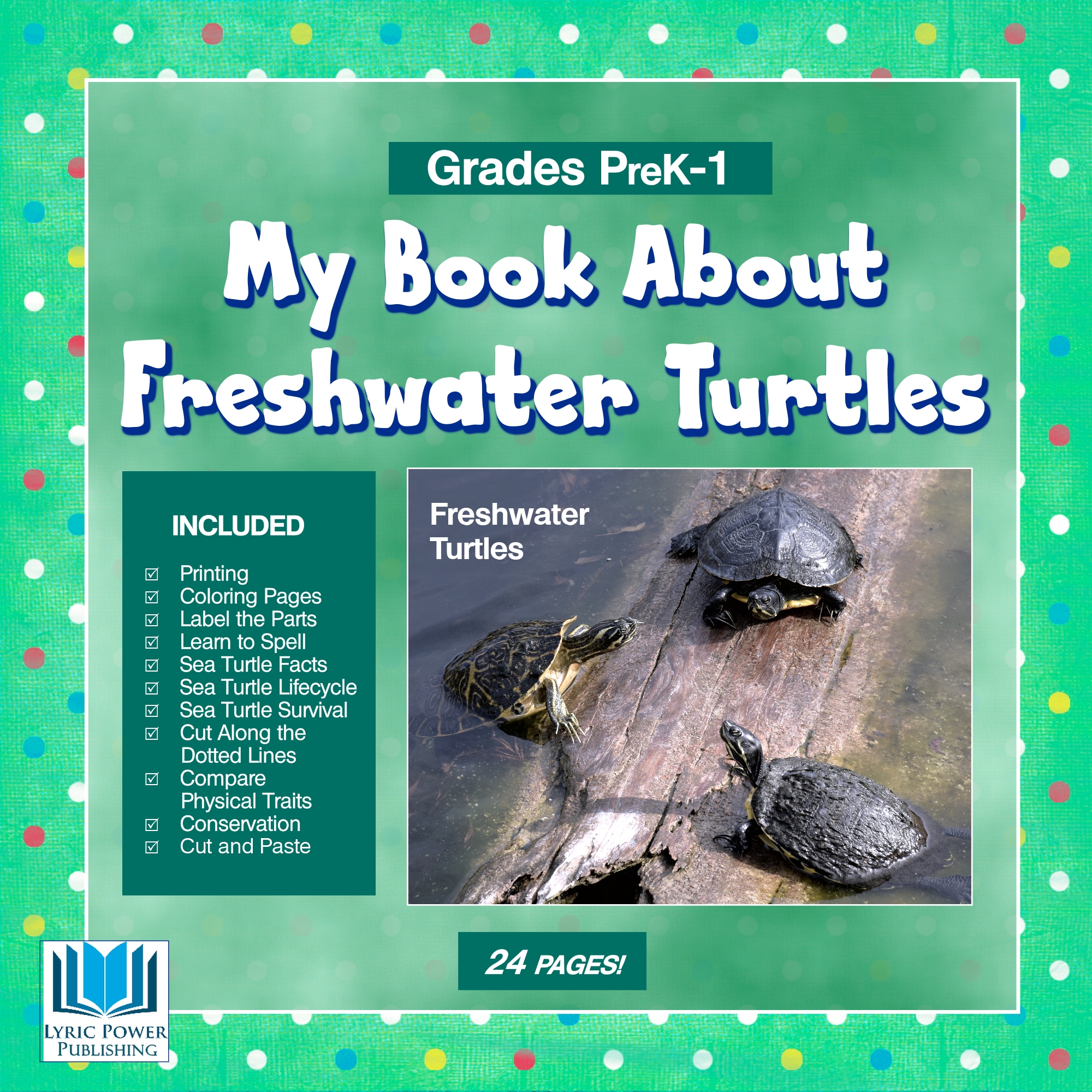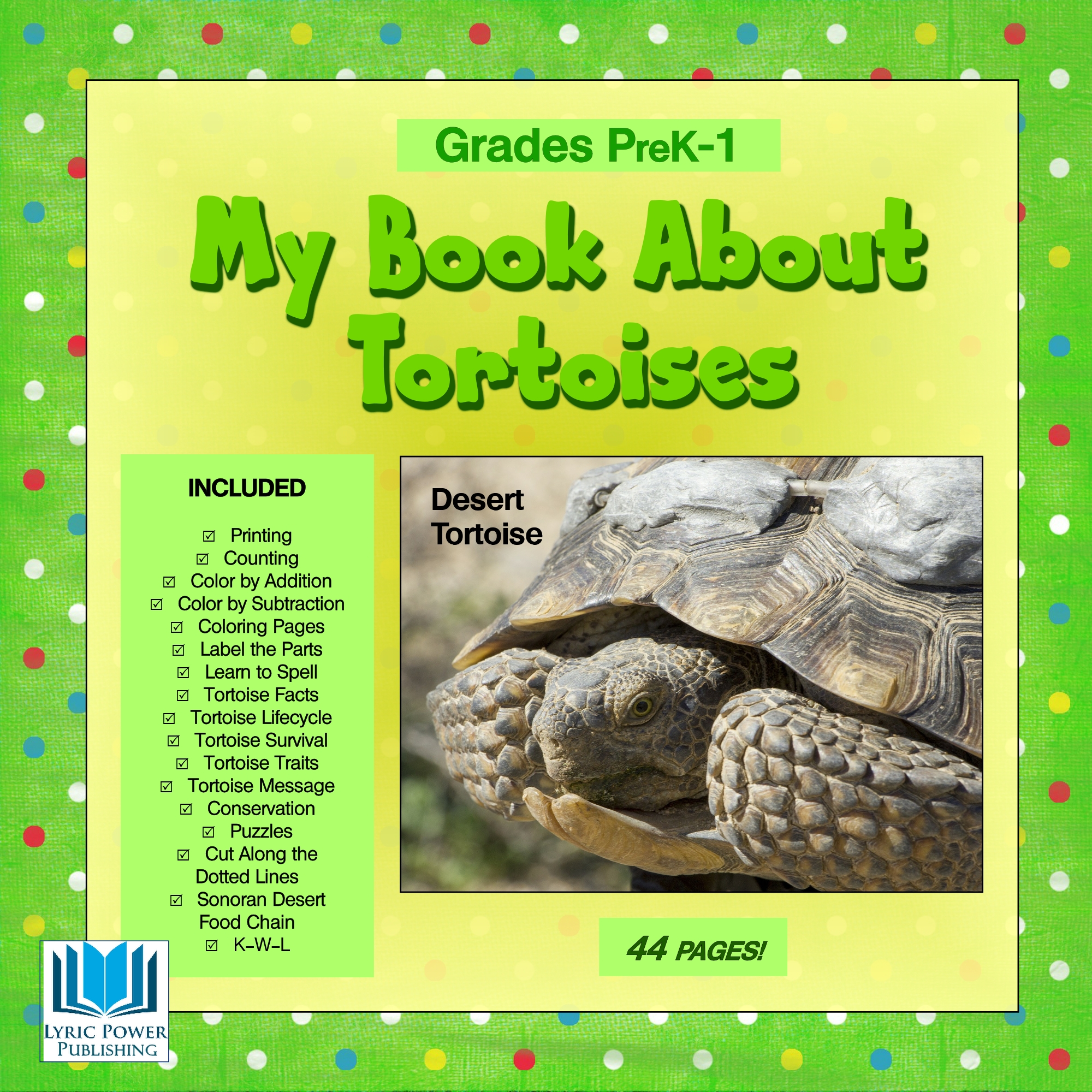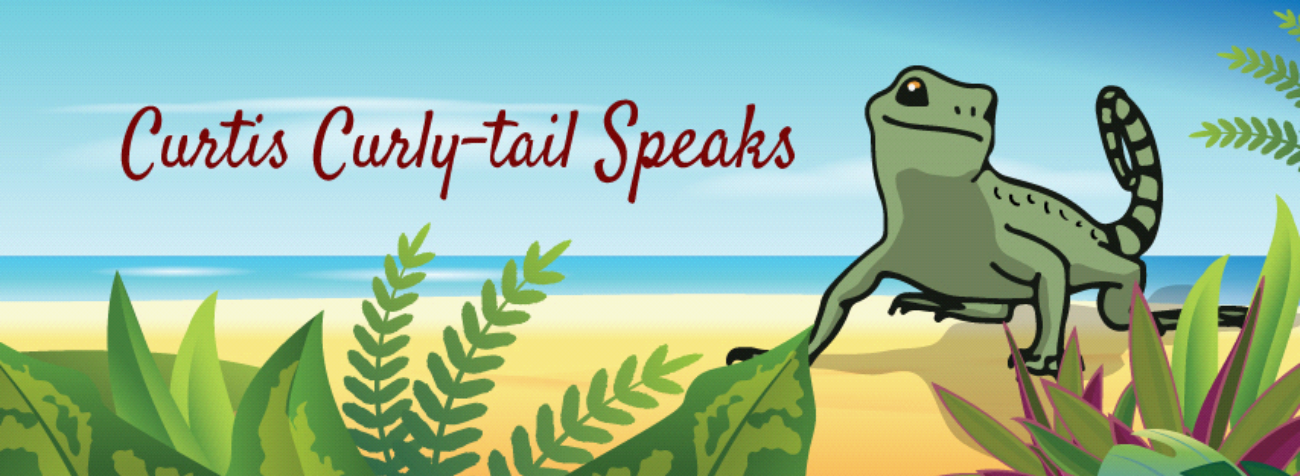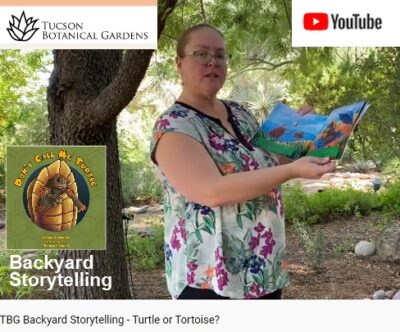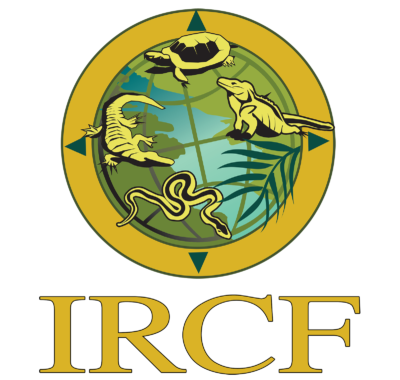Do All Turtles Have Hard Shells? By Elaine A. Powers, Author
Do all turtles have hard shells? No, they don’t. Some have “soft” shells.
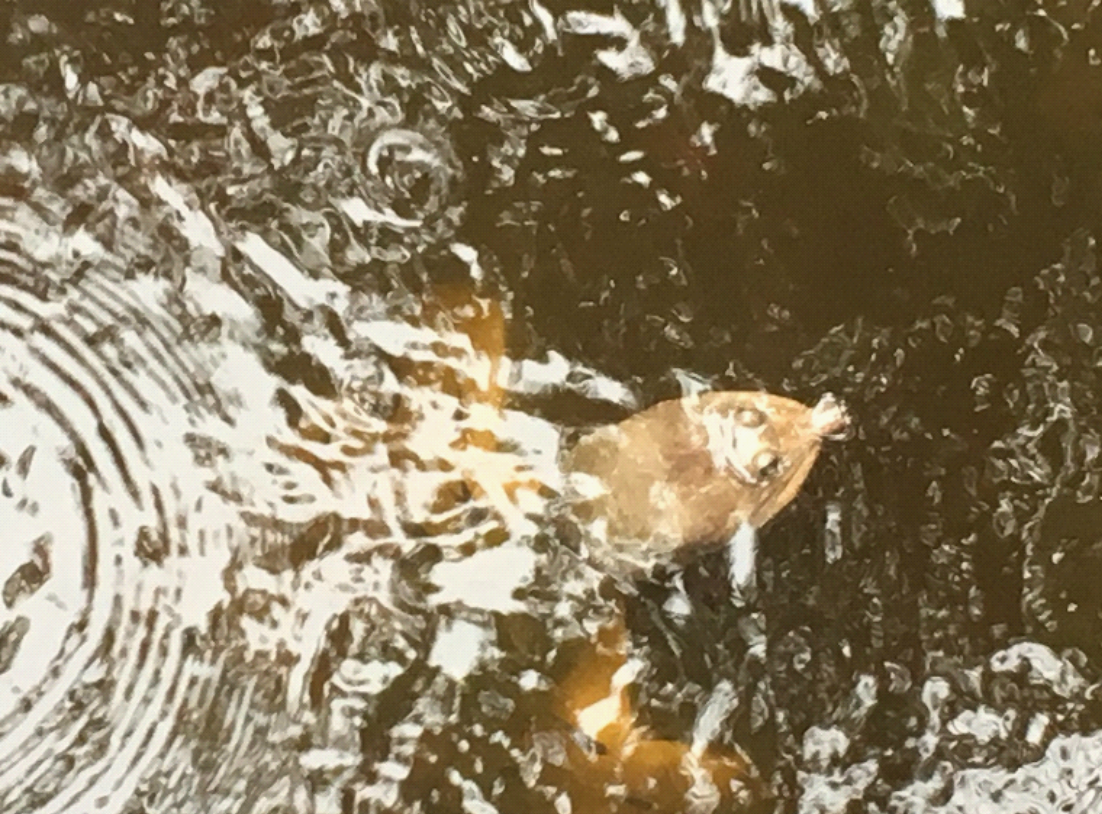 Pictured here is a Florida softshell turtle (Apalone ferox), native to the southeastern United States. This large turtle has a flat, pancake-like body, webbed feet, and a long neck which ends in a long head with a long nose. I looked across the lagoon to see several heads, but just the eyes and snouts above water.
Pictured here is a Florida softshell turtle (Apalone ferox), native to the southeastern United States. This large turtle has a flat, pancake-like body, webbed feet, and a long neck which ends in a long head with a long nose. I looked across the lagoon to see several heads, but just the eyes and snouts above water.
In my book, Don’t Call Me Turtle, I describe turtles and tortoises having scutes, the individual panels of their hard shells. However, the softshell turtle’s carapace (the top shell) is cartilaginous, covered with a leathery skin. This the largest softshell turtle found in Florida, but more interestingly is that the females are often three-to-five times larger than the males!
Softshells spend most of their time in the water and can be found in freshwater and brackish environments, but they don’t like fast-moving water. They also enjoy burying themselves in the muddy substrate. There’s nothing quite as enjoyable as sinking one’s self into mud.
Even though they are omnivores, these turtles are significant predators in their ecosystems, feeding primarily on meat. The lagoon where I enjoy viewing the softshell turtles also has alligators. So, when ducklings were being eaten, the gators were blamed, of course. Usually softshell turtles eat small aquatic animals and insects, but now and then, ducks are on their menu. It’s not always the gators!
Don’t Call Me Turtle is a fun children’s book written in rhyme that tells the differences between turtles and tortoises–and there are LOTS of differences!
For those parents, teachers and tutors using educational supplements, Lyric Power Publishing offers high quality workbooks on turtles and tortoises, for lower and upper grades.
To learn about our latest science-based children’s books and workbooks, to read our latest blog posts about reptiles, birds, cats, and gardening, in a variety of locations, and about how the books come to be, what inspires an author to write, and many more interesting aspects of the publishing business, fill in the box below and we will add you to our email list.
Thank you!
